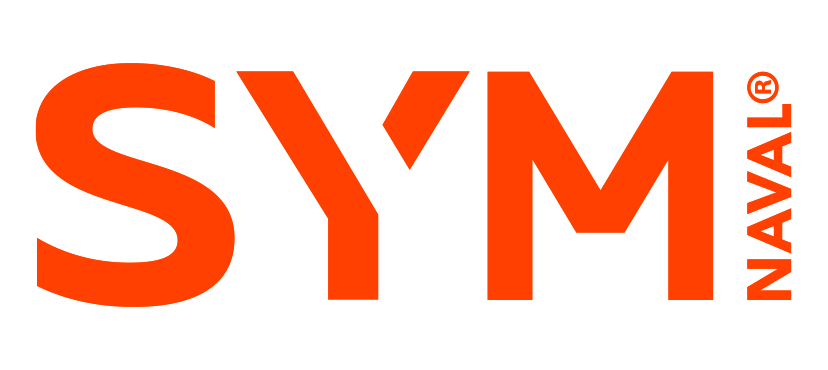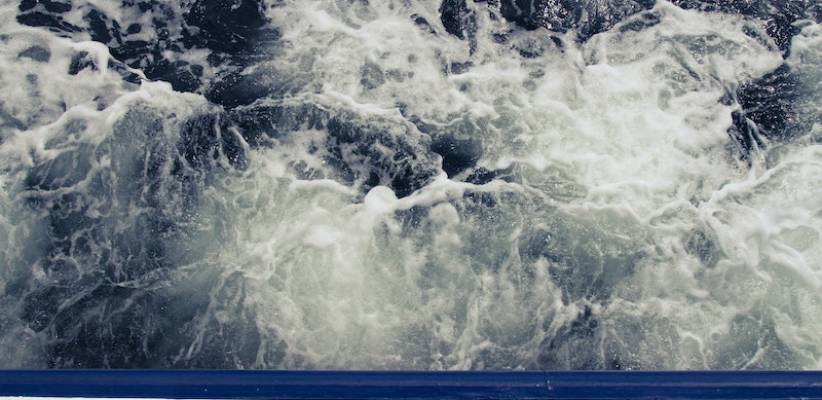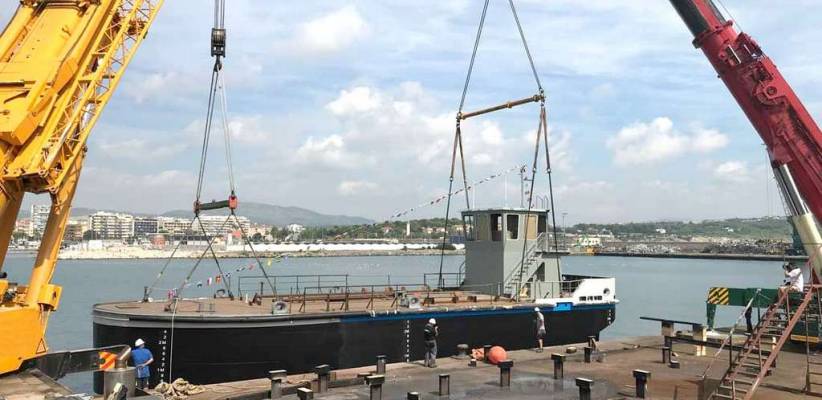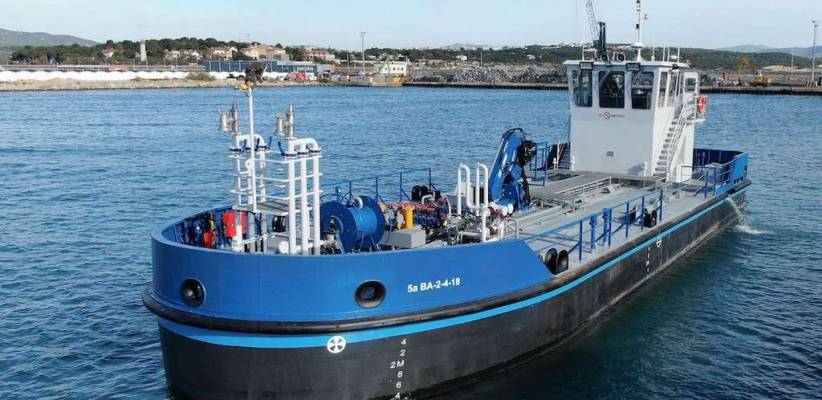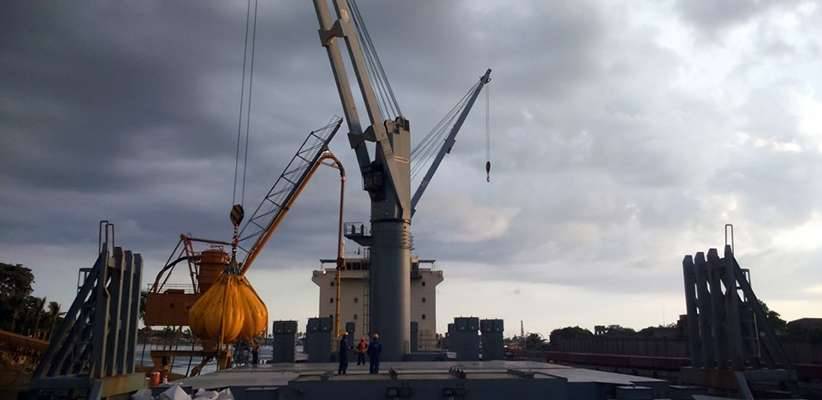SYM NAVAL, as a shipyard specialized in shipbuilding and also as a provider of ship repair and conversion services, waterbag cargo testing and expert installer of ballast water treatment systems, now also offers the service of tank cleaning of these systems, in addition to general tank cleaning on ships of all types.
Maintenance and cleaning of ballast tanks
Ballast tanks are probably the largest area of structural steel in the vessel, and the water inside them can be highly corrosive if not properly controlled. Maintenance and cleaning of ballast tanks is especially relevant to achieve a long service life and significant savings in the long term.
On the other hand, manufacturers of ballast water treatment systems (BWTS) can only provide the necessary assurance of compliance with prescribed ballast water limits if these ship tanks are properly cleaned prior to the first commissioning of the system. This includes the complete removal of sludge and any other contamination within the ballast water tanks, including the complete cleaning of the side walls, ceilings and floors of the ballast tanks.
Installation of ballast water system on ships
The management of ships’ ballast water is a process of vital importance in the naval sector to avoid the introduction of non-native microorganisms. In this sense, the SYM NAVAL team advises, builds a digital model and executes the turnkey installation of the most suitable ballasting system for each naval project.
Knowing the different sustainable solutions in water treatment, and taking into account the international convention for the control and management of ships’ ballast water, SYM NAVAL uses the most advanced technology for each process, using cleaning treatments by chemical oxidation or ultraviolet sterilization. All de details can be consulted here.
Disinfection of ships’ ballast water
In the 1990s, when marine environmental protection committees focused on the impact of ballast water discharge in different environments, the International Maritime Organization (IMO) implemented a series of regulations for the treatment and disinfection of ballast water through filtration, sterilization or osmosis. This disinfection process prevents the entry of non-native species into other ecosystems that could be seriously affected.
